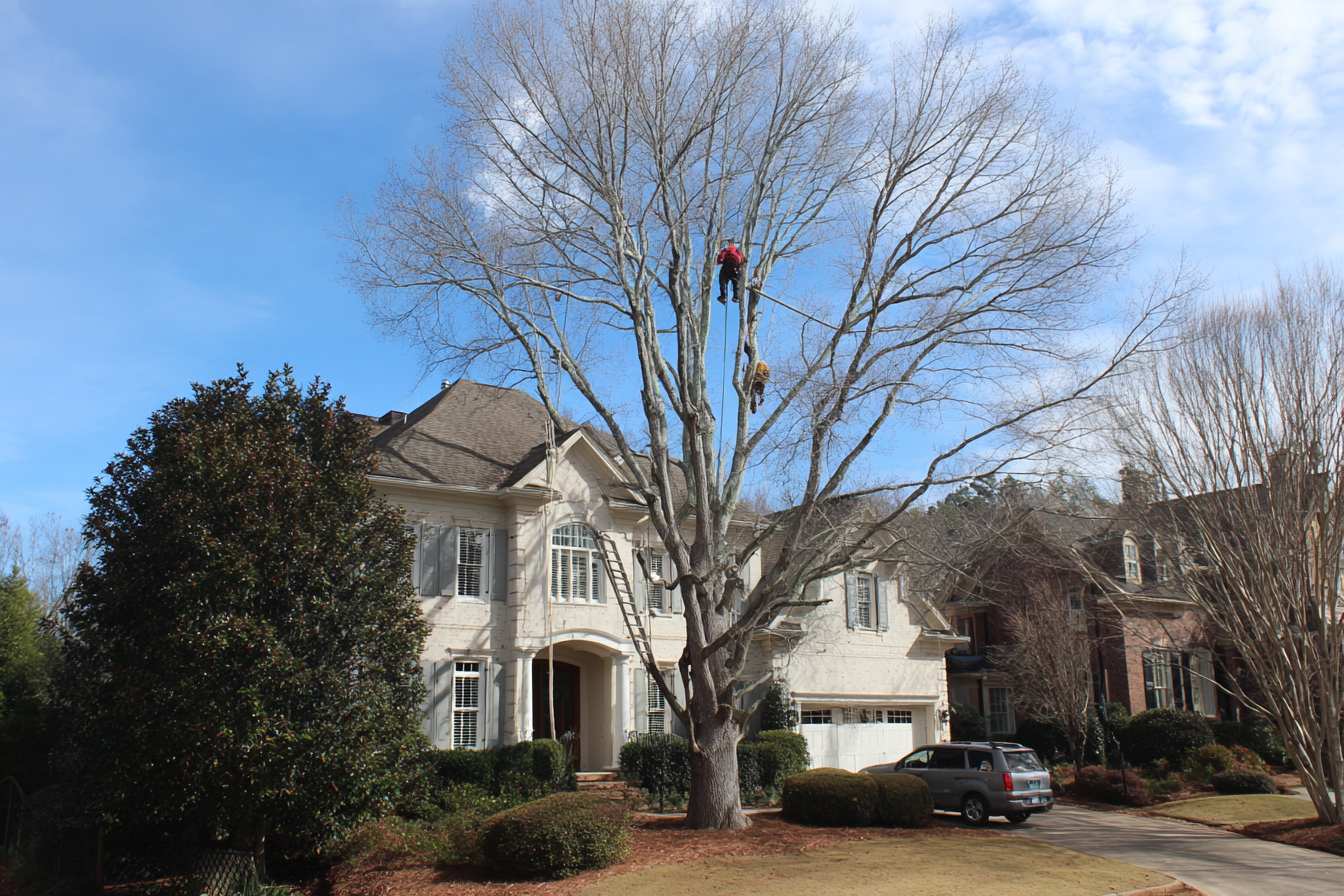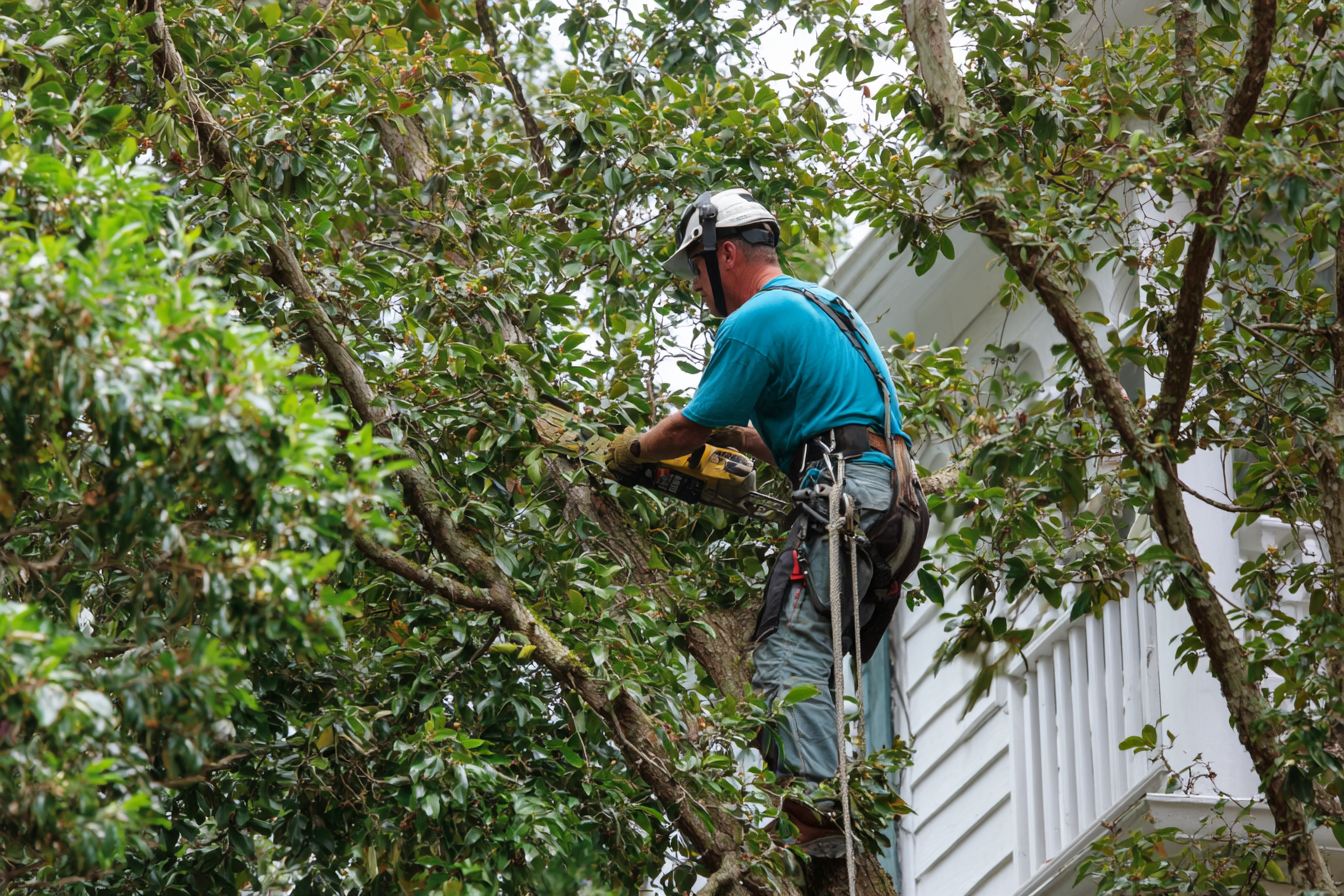Tree Health Assessment: How to Identify a Dying Tree
Learn to spot signs of a dying tree with Georgia Pro Tree Services.

Trees are more than just beautiful natural landmarks, they’re vital to our environment, our homes, and our communities. Healthy trees improve air quality, provide shade, and enhance curb appeal. But when a tree’s health declines, it can become a safety hazard or detract from your property’s beauty. That’s why knowing how to identify a dying tree through a thorough tree health assessment is essential.
In this blog, we’ll guide you through the key signs of a dying tree, explain the importance of early detection, and share how Georgia Pro Tree Services can help protect your property with expert tree care.
Why Tree Health Assessment Matters
A tree health assessment is a systematic inspection of a tree’s condition to identify any signs of disease, decay, or structural weakness. This evaluation is crucial because:
- Safety: Unhealthy trees can fall or drop branches, risking injury and property damage.
- Preservation: Some trees can be saved with timely treatment if decline is caught early.
- Property Value: Well-maintained trees increase curb appeal and property value.
- Environmental Impact: Healthy trees support local ecosystems and biodiversity.
Skipping regular assessments can lead to unexpected and costly problems. Understanding the signs of decline is your first step toward keeping your trees, and your property, safe.

Common Signs of a Dying Tree
1. Discolored or Wilting Leaves
Healthy trees typically have vibrant green leaves during the growing season. When leaves turn yellow, brown, or black prematurely or appear wilted, it’s a red flag. This can indicate:
- Root damage restricting water uptake
- Disease or pest infestation
- Environmental stress like drought or soil compaction
2. Dead or Dying Branches
Branches that have lost all leaves, feel brittle, or snap easily are often dead. Dead branches can spread disease to the rest of the tree and pose a falling hazard. If many branches are affected, the tree’s overall health is likely compromised.
3. Cracks and Splits in the Bark
Large cracks or splits in the bark can expose the tree to pests and diseases. Bark that peels excessively or falls off may signal internal decay.
4. Fungal Growth
Mushrooms or fungal conks growing on the trunk or at the base are indicators of internal rot. Fungi break down wood from the inside, weakening the tree’s structural integrity.
5. Insect Infestations
Signs include holes in leaves, sawdust-like frass on branches, or visible insects such as beetles and borers. Pests often attack weakened trees, accelerating decline.
6. Root Damage or Soil Issues
Look for exposed roots, heaving soil, or fungal growth near roots. Root damage can cause instability and reduce the tree’s ability to absorb nutrients and water.

How to Conduct a Basic Tree Health Assessment
While professional arborists have tools and expertise to perform detailed evaluations, homeowners can start with these steps:
- Visual Inspection: Walk around your tree, examining leaves, branches, bark, and roots for the signs listed above.
- Physical Check: Gently scratch bark with a knife in an inconspicuous spot. Green tissue underneath is healthy; brown or dry is bad.
- Observe Tree Shape: A thinning canopy or asymmetrical growth might suggest decline.
- Seasonal Monitoring: Notice changes across seasons, consistent poor condition is a warning sign.
If you observe multiple signs or are unsure, it’s best to consult professionals.
Why Choose Georgia Pro Tree Services?
Georgia Pro Tree Services specializes in comprehensive tree health assessments and professional care. Our certified arborists use industry-leading techniques and tools to diagnose tree health accurately. We provide:
- Expert pruning and trimming to improve tree vitality
- Disease and pest management solutions
- Safe and efficient tree removal when necessary
- Emergency tree care services for storm damage
With Georgia Pro Tree Services, you get peace of mind knowing your trees are cared for by experienced professionals dedicated to safety, health, and aesthetics.
Conclusion: Don’t Wait to Act on Tree Health
A dying tree isn’t just an eyesore, it’s a potential hazard. Early identification through a tree health assessment allows you to take action, whether that means treatment or removal. Remember, many signs of decline are subtle at first, so regular monitoring is key.
If you’re concerned about the health of a tree on your property, don’t hesitate to reach out. Georgia Pro Tree Services is ready to help with expert assessments and professional tree care tailored to your needs.
Protect your trees and your property, contact Georgia Pro Tree Services today for a professional tree health assessment and expert tree care solutions!

We're your local tree pros!
Georgia Pro Tree Services takes the highest quality of care when servicing your trees. Call us to find out how we can help you keep your yard in top shape.



